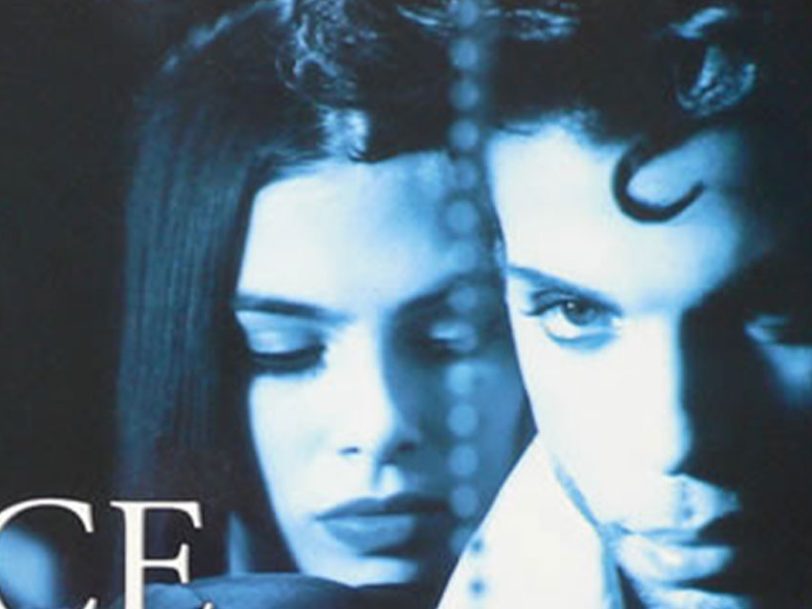At the height of his Purple Rain fame, in the mid-80s, Prince made a prophesy to his then studio engineer Susan Rogers: “The future of music is going to be bass and drums, with vocals over the top.” By the early 90s, that future – hip-hop – had not only arrived, it had launched an unstoppable assault on the mainstream. From Public Enemy’s militant political diatribes to N.W.A’s furious street-level missives and De La Soul’s altogether more family-friendly sampledelica, music’s latest boundary-pushers had made it clear that the new decade was going to be very different to the one Prince had defined.
Listen to the ‘Diamonds And Pearls’ super deluxe edition box set here.
“The whole presentation was a bit more ethnocentric”
Having sensed that future ahead of time, Prince began setting himself up for its arrival. He’d built the Batdance single, lifted from his Batman soundtrack, around samples of dialogue snatched from the film, while Thieves In The Temple, from his Graffiti Bridge album, was a stripped-back highlight that held its own against the beat-heavy music he had prophesied. But, as drummer Michael Bland told this author for the book Lives Of The Musicians: Prince, “He had the insight to know he was too old to flex himself in the hip-hop game. But he was in a position to mix that with actual instrumentation.”
Having been brought into the fold for the Nude tour, staged in support of Graffiti Bridge, Bland was the perfect timekeeper for the band Prince formed to take him into the new era. The successors to The Revolution, The New Power Generation were a very different prospect: earthier, with virtuoso capabilities and a thunderous bottom end, the group was also made up of predominately Black musicians who further helped Prince align himself with hip-hop’s riotous upstarts. “The whole presentation was a bit more ethnocentric,” Bland observed. “To fans of real Black music – that turned a lot of people on.”
“It was an organic way to stay relevant”
The Black audience was at the forefront of Prince’s mind when he began recording the material that would make up Diamonds And Pearls. Though the Parade, Sign O’ The Times and Lovesexy albums had pushed his artistry to new levels throughout the second half of the 80s, they had also found him moving further away from the funk music he’d used as the launching pad for his “Minneapolis sound”. Calling his band to late-night studio sessions while in London and Tokyo for shows on the Nude tour, he began working up everything from jazz-tinged R&B (Money Don’t Matter 2 Night, Strollin’) to unabashed club tracks which made room for dancer/rapper Tony Mosley to lay down verses against Prince’s own vocals (Daddy Pop). Back home in Minneapolis, he called hip-hop journalists to his Paisley Park facilities, taking their feedback on his new songs and using it to fine-tune the songs.




